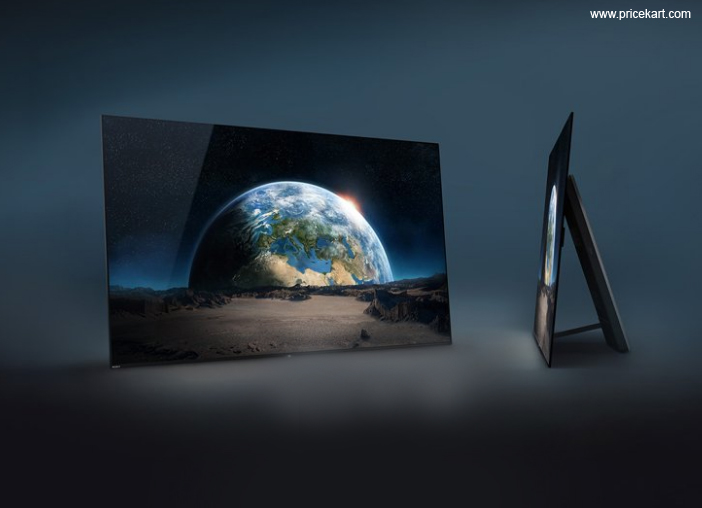TV is one of the biggest source of entertainment in our lives. At the end of a tiring day, all we want to do is kick back relax and watch TV. But on the other hand, TV buying is an overwhelming experience. With the number of brands, features and prices of various TV’s available in the market we often get confused on which TV is the best pick for us. Read our TV buying guide to better understand what you should look for before you buy a brand new TV.
Screen Type:
One of the most important factors to consider for TV buying is the kind of screen that suits your needs perfectly. The different types of screens are LCD, LED, Plasma, OLED, Edge Lit LED and Back Lit LED. OLED TV’s have made their place in the market as they have a better picture quality and are slimmer compared to the other screen types. The price of OLED TV’s is reasonably affordable.
Resolution:
The resolution is the number of pixels on the screen. There are 3 different resolutions currently available in the market:
- Full HD: The Full HD or 1080p is the most common resolution type found in TV’s these days. The pixels of a Full HD TV is 1920 X 1080.
- HD Ready: The HD Ready or 720 has the most basic resolutions and is suitable for a small sized room rather than a big living room. It has 1280 X 720 pixels.
- Ultra HD: Ultra HD or 4K is the most recent resolution available in the market. It is called 4k because it is four times higher than a Full HD TV with approximately 4000 pixels. The resolution of Ultra HD TV is 3840 X 2160 pixels.
Picture Quality:
Picture Quality is among the few features you should consider while buying a TV. The Picture Quality includes contrast ratio, refresh rate and colour reproduction.
- Contrast ratio: The contrast ratio is the difference between the brightest and darkest image the TV can create. Pictures look faded if the contrast ratio is not up to the mark.
- Refresh Rate: The number of times the image changes on the screen is called as the refresh rate. If the refresh rate is not high, motion blur occurs frequently.
- Colour Reproduction: The ability to produce colours that look lifelike is called as colour reproduction. The TV’s colour gamut is the part that is known to make colours.
Screen Size:
The screen size of a TV matters. Choosing the right screen size depending on the distance you will be watching the TV from is very important. TV’s come in almost all sizes depending on your budget. But the right size for your TV depends on the distance rather than the budget.
Connectivity:
TV buying requires an important factor to consider and that is the connectivity. While buying a TV make sure that it connects to a HDMI, has a USB port, a VGA port, and connects to the Wi-Fi, Ethernet and Near Field Communication (a wireless connection between devices using a radio signal).
If you are looking out to buy a new TV you should definitely check our list.
